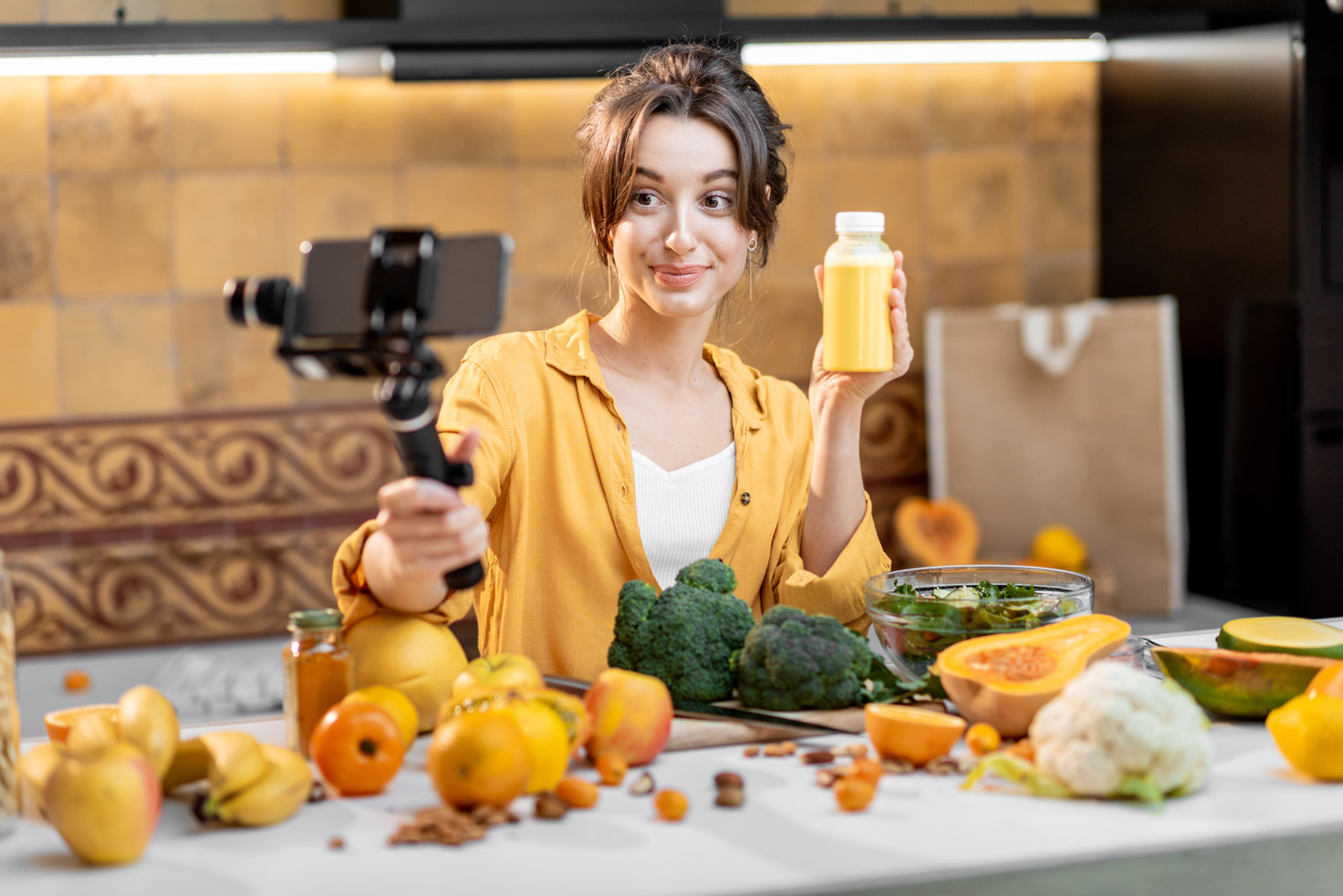
Study finds food and beverage brands are common in child-influencer YouTube videos

Candy, sweet and salty snacks, sugary drinks, and ice cream brands frequently appear in videos posted by top child-influencers on “made-for-kids” YouTube channels, according to a new paper from researchers at the Rudd Center for Food Policy and Health at the University of Connecticut. Video views for the 13 channels analyzed in this study exceeded 155 billion as of June 2020.
The study’s findings, published in Pediatric Obesity, found that 38% of child-influencer videos featured branded food, beverage, or restaurant products, which appeared 4 times per video on average. Candy brands appeared most often (42% of brand appearances), followed by sweet and salty snacks, sugary drinks and ice cream (32% combined). Healthy branded products, such as bottled water, plain milk, or fruit, made up just 9% of food brand appearances.
Researchers conducted the study to understand how often food-related brands appeared on YouTube child-influencer videos before and after January 2020, when YouTube implemented a ban on food and beverage advertising during “made-for-kids” videos, and what types of branded products appeared most often. YouTube created the “made-for-kids” designation to inform audiences that the content is appropriate for children under age 13.
“We were shocked to find how frequently candy, chips, cookie, sugary drink and ice cream brands appeared in videos on popular child-influencer YouTube channels, channels with billions of young viewers,” said Frances Fleming-Milici, Ph.D., Director of Marketing Initiatives at the Rudd Center. “Despite YouTube’s ban on food and beverage advertising on “made-for-kids” channels, child-influencers continue to push branded products on young viewers that harm their health.”
Researchers identified the most popular child-influencer channels using a website that tracks user statistics for social media platforms. They selected a random sample of 400 videos posted in 2019 and 2020 on the top 13 channels, representing approximately one-third of total videos. Researchers identified all branded and non-branded foods, beverages, and restaurants, disclosures of paid endorsements/sponsored content, and other promotions that appeared during the videos, as well as video-ads that appeared separately, and coded the product category and how characters interacted with the product. Changes in videos posted in 2019 and 2020 were assessed.
The total number of branded food-related appearances did not change from 2019 to 2020, but candy brands increased significantly (36% vs. 47% of total appearances). The number of videos showing healthy non-branded products, such as fruit, vegetables, plain milk or water, also increased.
However, unhealthy products also appeared in more than two-thirds of these videos, counteracting potential opportunities to convey positive healthy eating messages to child viewers.
Despite the large number of videos with branded product appearances, just one video included a disclosure indicating a financial relationship between the brand and child-influencer, as required by the U.S. Federal Trade Commission. However, researchers could not determine whether child-influencers received compensation from companies to place branded products in their videos.
Additional findings include:
- A main character consumed the branded food or beverage in approximately one-third of appearances, and this increased from 25% in 2019 to 38% in 2020, raising concerns about the powerful influence these types of appearances have on child viewers.
- In 15% of videos, food-related brands were also mentioned verbally by characters or appeared as brand logos on toys, stickers, or thumbnails shown with the video title when searching on YouTube.
- Approximately three video ads were shown during each child-influencer video, but they were largely in compliance with YouTube’s policy. Only five ads (<0.01% of all video ads) promoted food or beverage products.
“More than one-half of branded product appearances featured brands from companies that participate in the Children’s Food and Beverage Advertising Initiative, a U.S. food industry self-regulatory program,” said Jennifer Harris, PhD, Senior Research Advisor at the Rudd Center. “Despite these companies’ pledges to only promote healthier dietary choices to children, child-influencers frequently promoted brands that participating companies could not advertise directly to children, including candy, sugary drinks and sweet and salty snacks.”
These findings are timely given the FTC’s current efforts to address stealth marketing to children in digital media. As children spend increasing amounts of time on YouTube, more effective policies are needed to protect them from the promotion of products that puts their health at risk and takes advantage of their affinity for YouTube child-influencers. Google and food companies that participate in CFBAI should establish policies to prohibit child-influencers on YouTube from featuring unhealthy branded food or beverages in their videos.